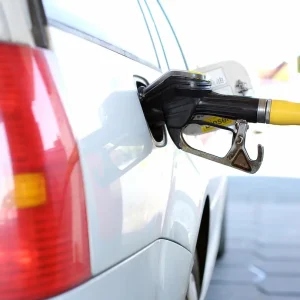The average price of petrol and diesel went up for the fourth month in a row during May, according to data from the RAC.
The motoring organisation says the average cost of a litre of petrol went up by 2.34p to 130.57p, while the price of a litre of diesel went up by 1.74p to 135.54p.
These represent major increases from the start of February, when an average litre of petrol was priced at 119.54p, and diesel at 128.64p.
The RAC says the rises have been caused by a continued increase in wholesale prices, with the price of crude oil rising and the pound weakening.
However, a drop in oil prices later in May led the RAC to predict the arrival of lower pump prices, which started to be rolled out today after it released its data.
RAC spokesman Simon Williams said: “May was another miserable month for drivers with the fourth straight average price rise of both petrol and diesel taking us near to a five-year high.
“Luckily though, oil closed out the month 9% lower at $65 which should soon translate to lower prices at the pumps.
“Despite this, the price of diesel has been over-inflated for more than a month. In fact, the wholesale price of diesel has now been lower than petrol since 17 May, yet there is currently an average difference of 5p between the two on our forecourts.
“Consequently, there is scope to cut the price of diesel by at least 6p a litre.”
Williams added that oil market developments may yet lead to further savings at the pumps.
“Looking at the bigger picture, until late in May the outlook for fuel prices appeared bleak, but for once the notorious volatility of the oil price might just work in favour of drivers as there are fears supply may start to outstrip demand,” he continued.
“This is due to a possible global economic slowdown being sparked by the US’s trade wars with China and Mexico as well as it producing record levels of crude oil.”
However, Williams warned that Opec and its partners could stop this when they meet at the end of June to discuss production levels .
“The alliance has been working together on limiting oil production since early 2017 but increased its curbs at the beginning of this year,” he said.
“If they were to decide to go still further this would serve to prop up the barrel [of oil] price, which inevitably won’t be good news for motorists.”





